Late-ripening Tan Son lychees seek sweeter market gains
BAC NINH – In mid-July, while most areas of Bac Ninh province have finished harvesting main-season lychees, farmers in Tan Son commune are just beginning to pick their late-ripening fruit. Crimson clusters hang heavy on the hillsides, waiting to be gathered. Tan Son is the centre of late-ripening lychee cultivation in Bac Ninh.
Local farmers combine unique geological and climatic advantages with intensive farming techniques to improve quality each year. As always, with diligent care, residents hope for a harvest that yields both quantity and favourable prices.
Prices ease hardship
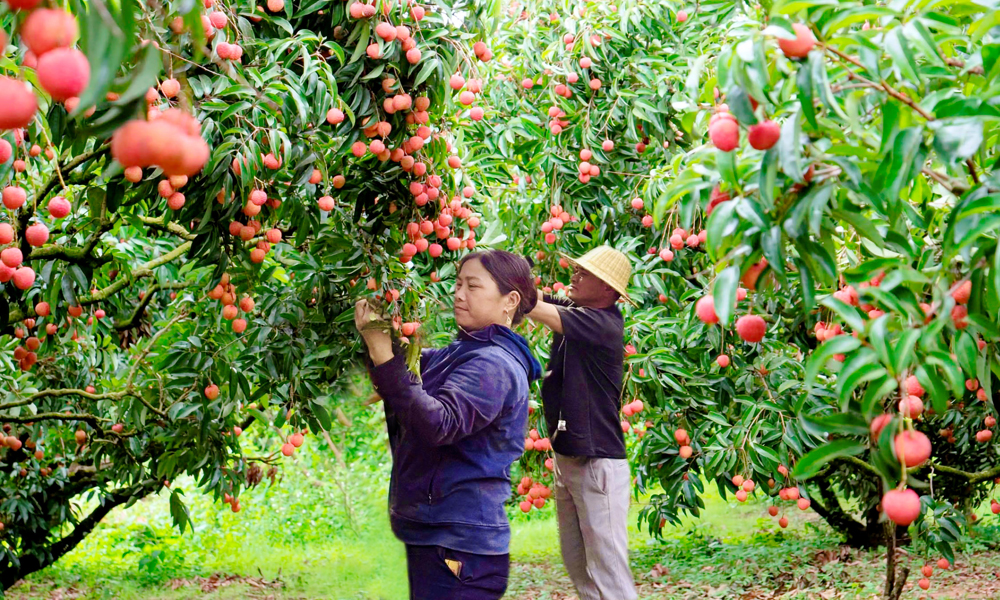 |
|
Family of Vi Thi Ben harvests lychee in Thac Luoi village. |
From 6 to 10 a.m., motorbikes laden with baskets of lychees head to Tan Son market, creating a bustling scene.
Vi Thi Hoa from Ha village said as she unloaded her heavy baskets, “Last year, prices peaked at 70,000 VND per kg but our trees produced little. This year, we enjoy bumper crop, but prices are low – a few days ago, they were only 10,000 VND per kg. This morning, they rose to 15,000 VND per kg for VietGAP-certified fruit with good appearance. We hope prices will climb in the coming days.”
From mid-July, Tan Son market draws traders from Lao Cai, Hai Phong and Hanoi. During peak morning hours, the roads leading to the market glow red with lychees, with traffic jams common. The market deals only in wholesale purchases by truck or basket; retail buyers usually visit orchards directly.
At a hilltop house, Luong Thi Loan, 64, of the Nung ethnic group, watched over three grandchildren while glancing down the slope. “My son and his wife must pick quickly now that a trader has agreed to buy. We will use this money to buy school supplies for the kids.”
The lychee harvest is the busiest, most anticipated season in Tan Son. Work continues from midnight into the morning; though exhausting, farmers remain committed to their trees, treating them with care.
However, harvesting comes with risks. Climbing tall trees, insect bites, and falls are common. Under time pressure, families must mobilise extra labour to clear orchards quickly while arranging safety gear.
Expanding market reach
Tan Son’s late-ripening lychees are known for their sweet flavour, bright red colour, and thick flesh – qualities attributed to unique mountain geology and climate. Yet most are sold to traders who resell them in traditional markets, with limited processing.
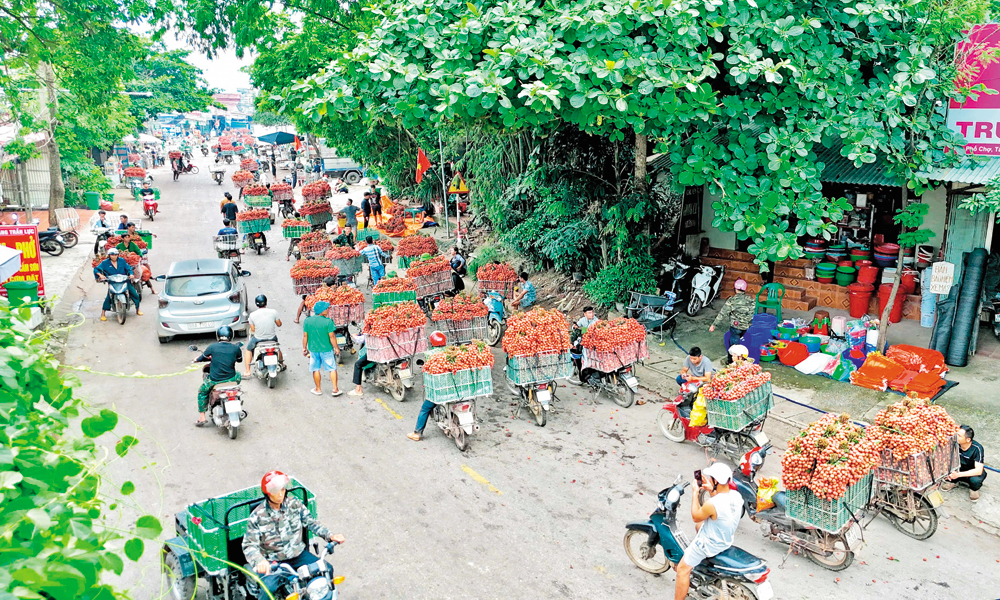 |
|
Tan Son farmer sells late ripening lychees. |
Tan Son has over 700 ha of lychees, producing around 8,000 tonnes annually. By late July, half the crop had been harvested. Though prices are lower than last year, VietGAP-certified lychees still fetch better rates, with households gaining roughly 40% profit if no extra labour costs arise.
Local authorities have promoted VietGAP cultivation and high-quality late-ripening varieties, establishing 400 ha of VietGAP-certified orchards, including 20 planting area codes eligible for export to China, Thailand, Japan, Australia and the US.
Exports also serve corporate canteens and supermarkets. Farmer groups have formed to strengthen supply chains and raise lychee value.
At Thac Luoi village, a 66-member VietGAP lychee group led by Chu Van Pho manages 65 ha. “We follow strict care procedures, recording every stage from flowering to fruiting. VietGAP lychees are top quality and traders buy entire orchards. We also encourage families to landscape gardens to attract tourists for photography and experiential visits, creating extra income,” Pho said.
He live-streams daily from his orchard, earning 20% of sales from online buyers at prices up to 50% higher than direct sales. He has also partnered with logistics companies to deliver the freshest lychees to customers.
Despite these advantages, Tan Son’s late-ripening lychee market remains fragile. Volumes are small, limiting exports, while traders focus on main-season fruit. As a result, growers depend heavily on small buyers and market outlets remain unstable.
Vi Van An, chairman of Tan Son Commune People’s Committee, said, “We plan to strengthen links between growers, cooperatives and businesses, expand VietGAP and GlobalGAP cultivation to improve yields, quality and value, and promote lychees via e-commerce platforms for domestic and export markets.”
For Tan Son’s late-ripening lychees to truly “taste sweeter”, local experts say strategic policies are needed – from zoning plans and modern cultivation to streamlined harvesting and diversified consumption – to ensure stable market outlets for lychees and other agricultural products from Bac Ninh.
 Bắc Ninh
Bắc Ninh

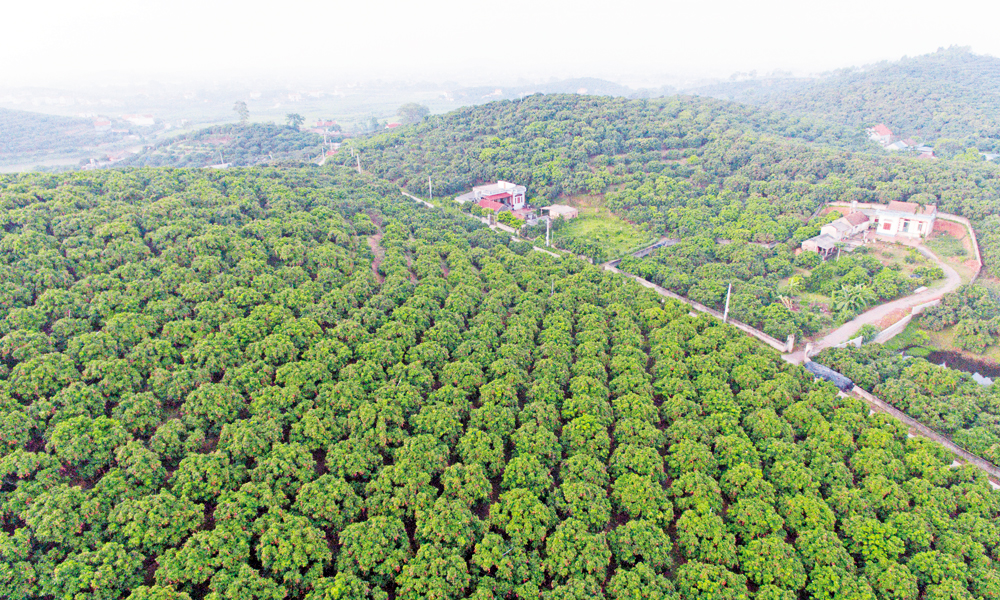
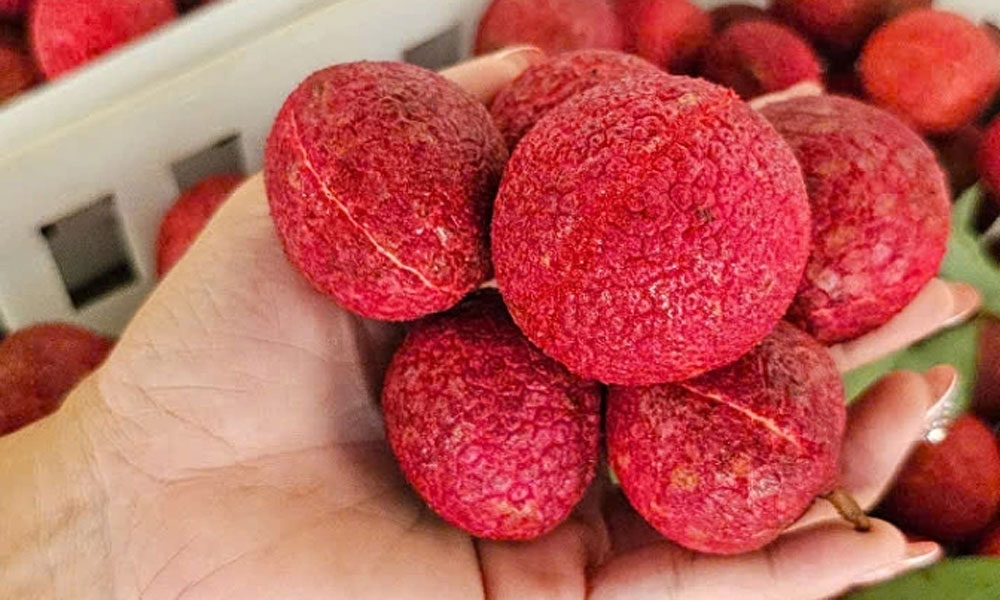
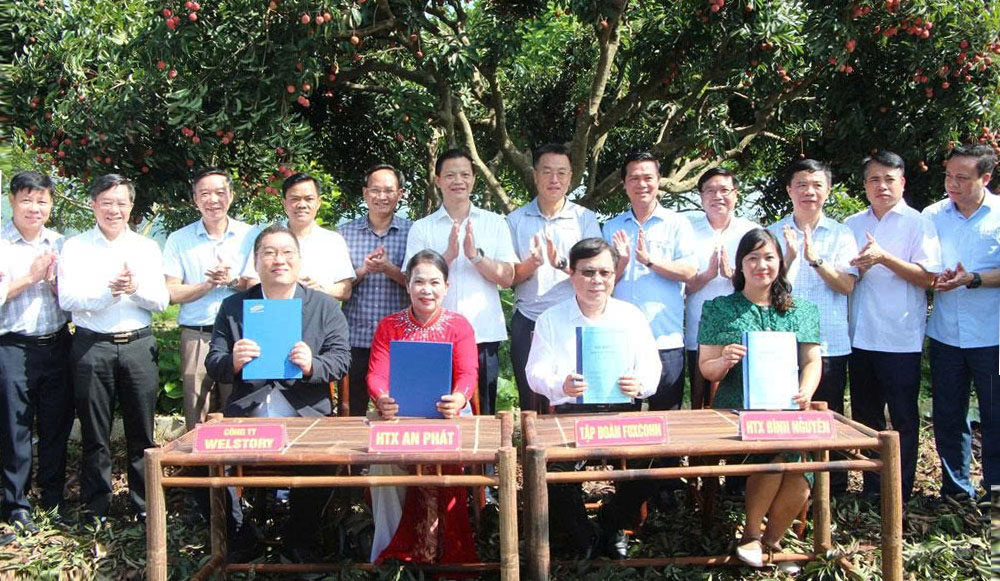
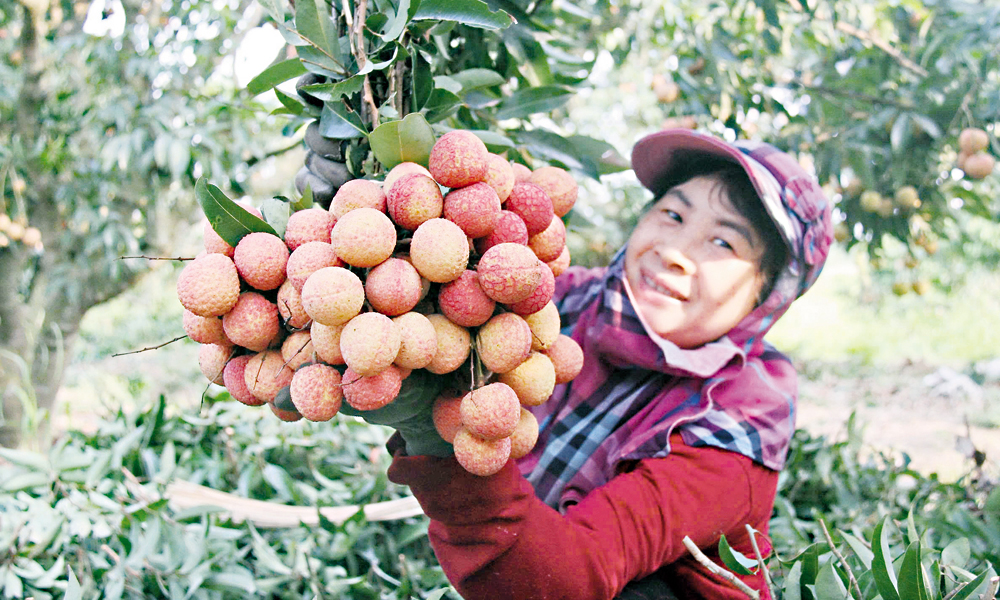
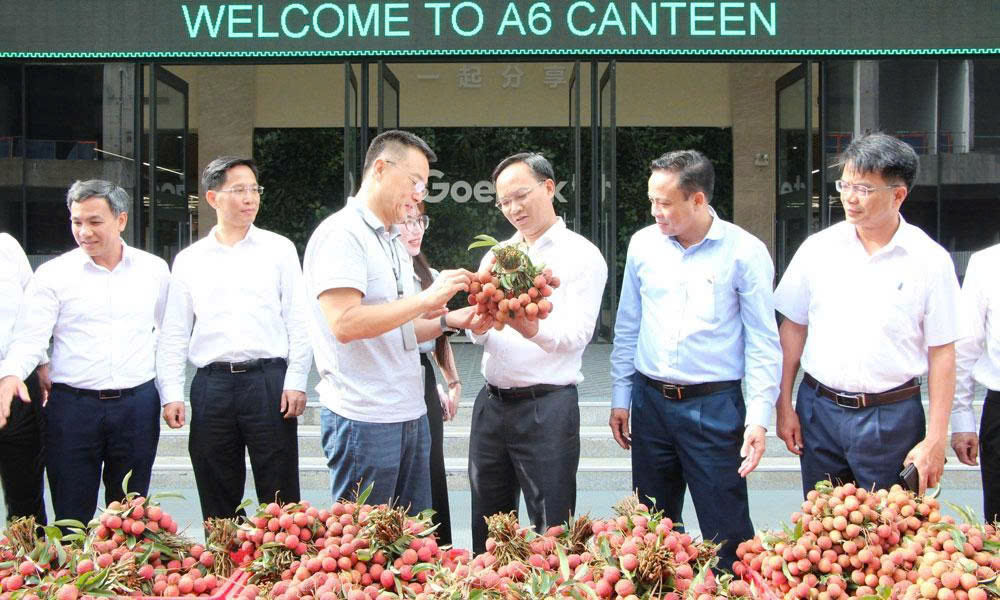
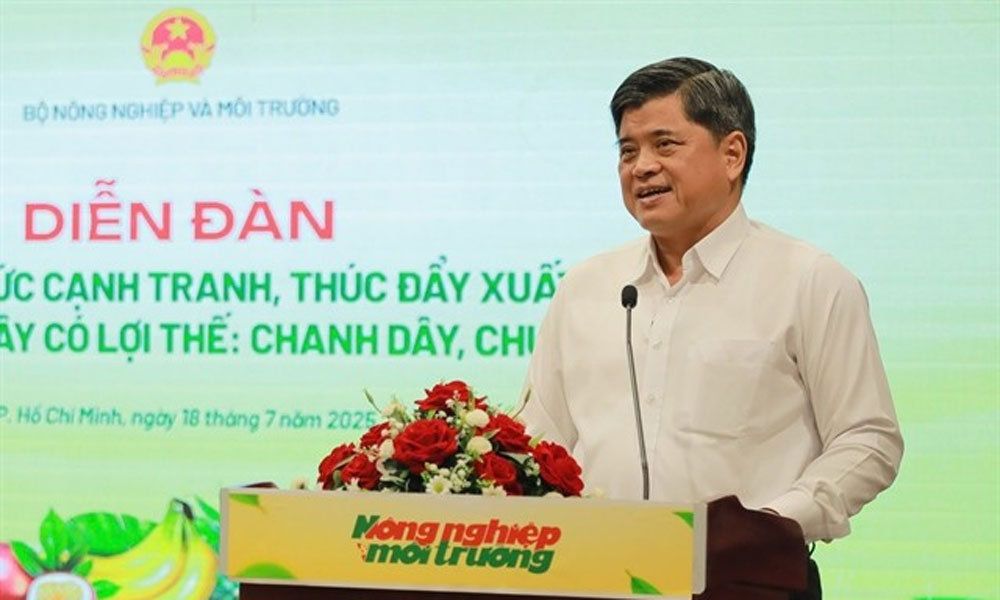




Reader's comments (0)